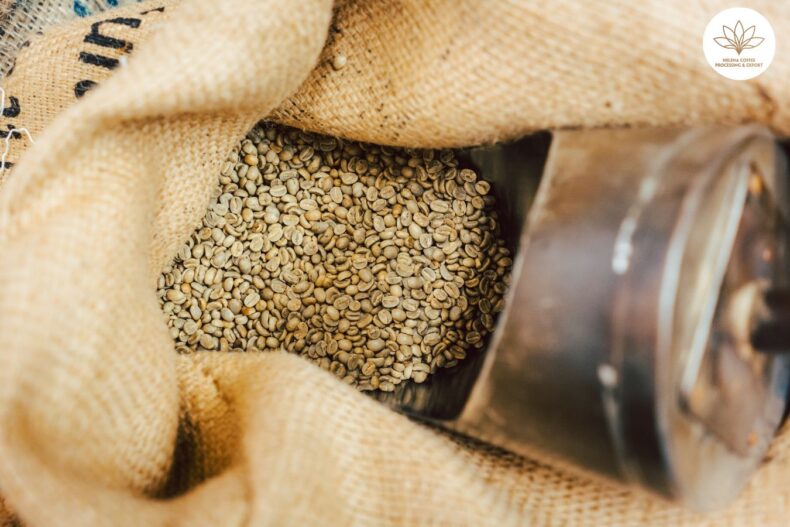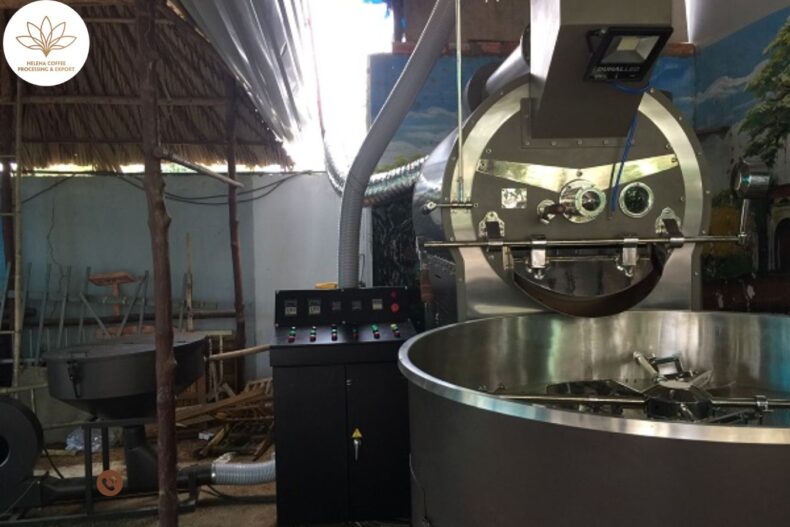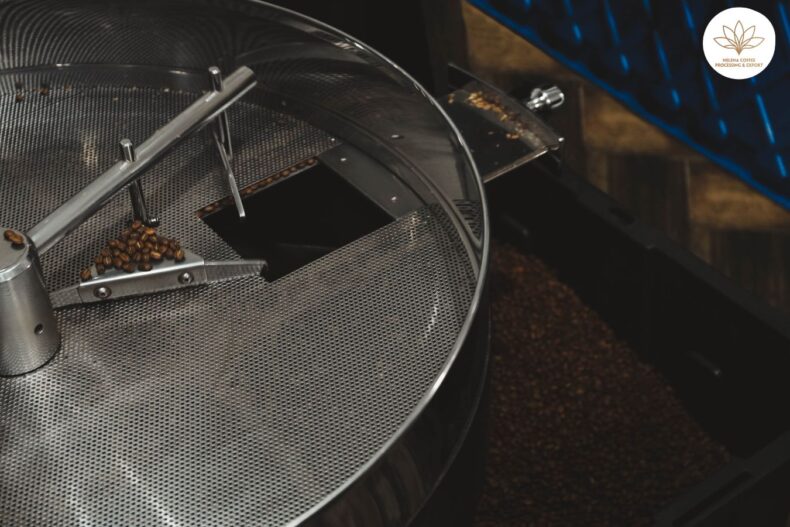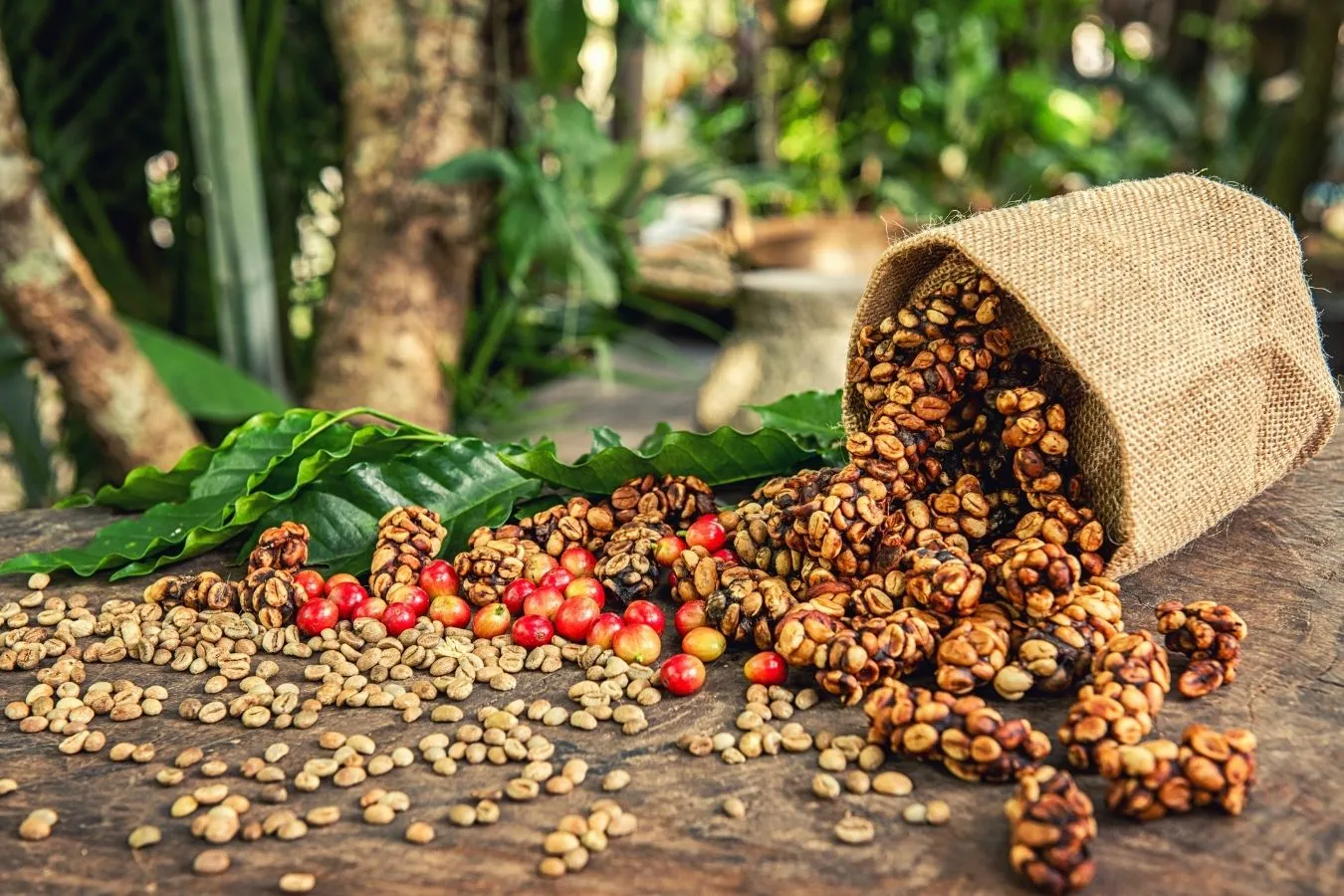
A full cup of coffee with flavor and aroma must be roasted from strictly controlled coffee beans for quality. Paddy coffee is known for its rich flavor. Harvest and store in the form of granules, when used by users, grind and use by filter. When harvested, coffee beans are sun-dried, or oven-dried. Then, sort and preserve to help ensure the taste and quality of the coffee.
How much humidity is acceptable?
A coffee bean immediately after picked ripe will have an average moisture content of 45-55%. After preliminary processing and drying, the moisture content will return to 10-12%. Although green coffee beans are dry before roasting, they still contain moisture inside.
According to data from the International Coffee Organization, green bean coffee should be between 8-12.5% warm, but that doesn’t mean 9% is a good moisture content for coffee. Coffee with a good moisture content helps balance acidity (acidity) and aroma (aroma), contributing to an increase in coffee test scores (cupping scores).
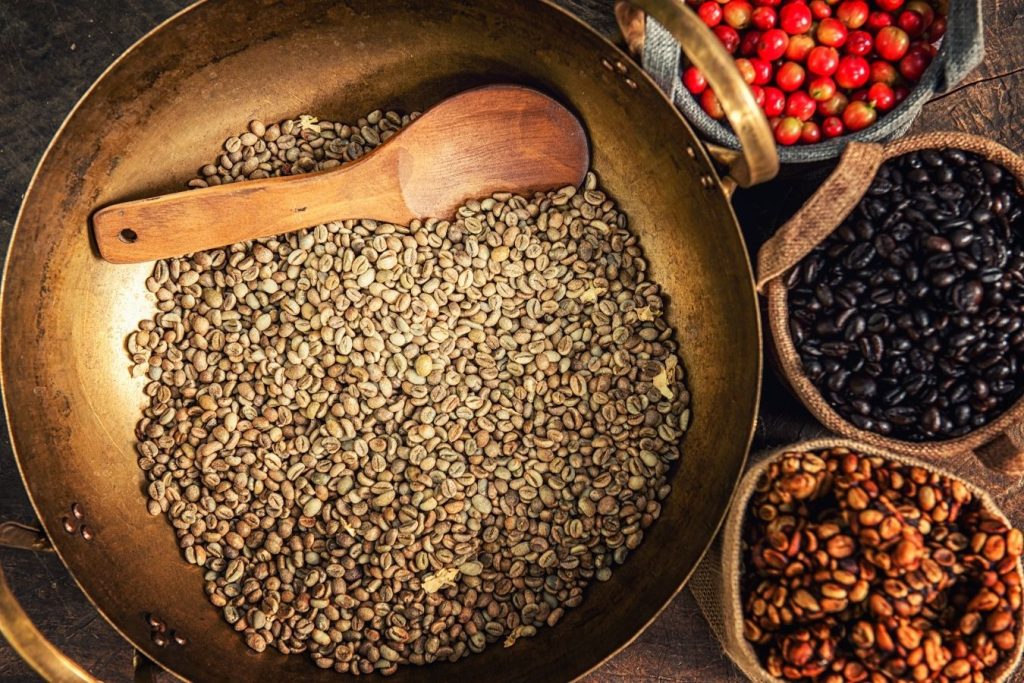
Most roasters will aim for incoming beans with 12% moisture and try to keep their moisture within that range until roasting. The moisture content of coffee is easily threatened by transportation and storage. Therefore, coffee roasters need to be equipped with a storage room full of equipment to test and manage humidity and temperature.
Before roasting a batch of coffee, roasters are required to check the moisture content of the beans to make timely changes to avoid affecting the roasting process as well as to ensure the quality of the coffee after roasting.
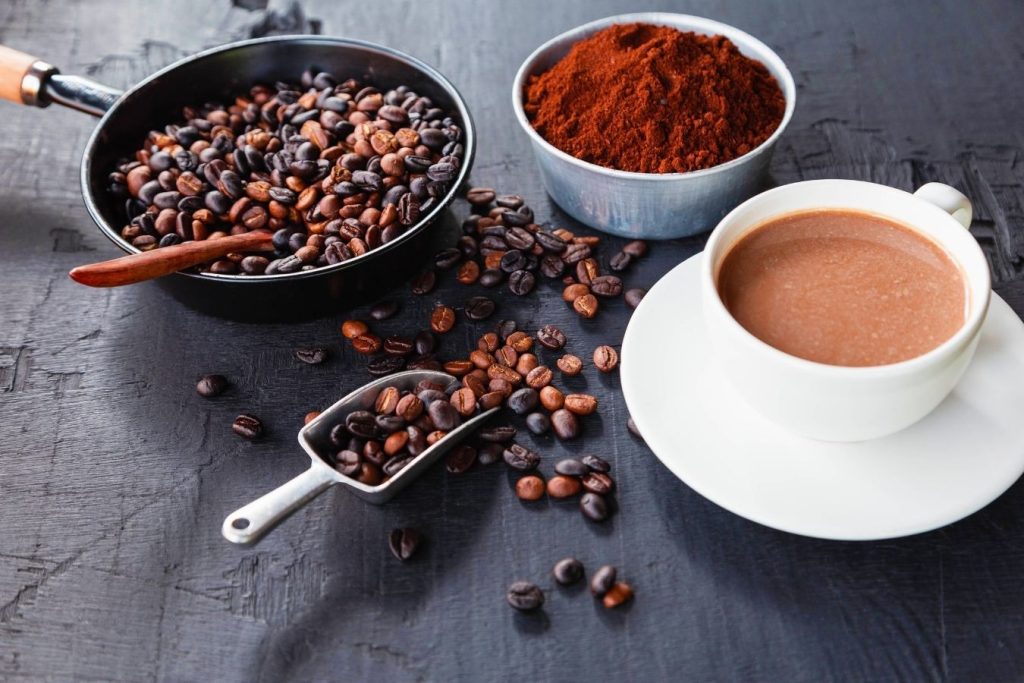
Keywords: high moisture content, green bean moisture, bean moisture content, coffee growing processing, green coffee bean, green coffee processing, rojas green coffee, green coffee moisture
